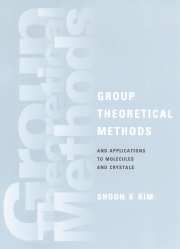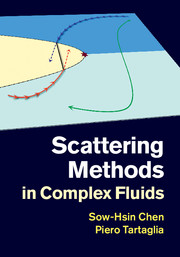Electronic Structure Calculations for Solids and Molecules
Electronic structure problems are studied in condensed matter physics and theoretical chemistry to provide important insights into the properties of matter. This 2006 graduate textbook describes the main theoretical approaches and computational techniques, from the simplest approximations to the most sophisticated methods. It starts with a detailed description of the various theoretical approaches to calculating the electronic structure of solids and molecules, including density-functional theory and chemical methods based on Hartree-Fock theory. The basic approximations are thoroughly discussed, and an in-depth overview of recent advances and alternative approaches in DFT is given. The second part discusses the different practical methods used to solve the electronic structure problem computationally, for both DFT and Hartree-Fock approaches. Adopting a unique and open approach, this textbook is aimed at graduate students in physics and chemistry, and is intended to improve communication between these communities. It also serves as a reference for researchers entering the field.
- Unique approach addresses physicists and chemists: covers quantum chemical methods (not common in books for physicists) and a chapter on DFT (usually treated briefly in books for chemists)
- Comprehensive parallel treatment of Kohn-Sham and Hartree-Fock theories
- In-depth coverage of different approaches to exchange and correlation in DFT
- Based on author's many years' experience of teaching this material to graduate students
Product details
June 2006Hardback
9780521815918
372 pages
244 × 170 × 22 mm
0.79kg
26 b/w illus.
Available
Table of Contents
- Preface
- List of symbols
- List of acronyms
- Part I. Theory:
- 1. The problem of the structure of matter
- 2. The electronic problem
- 3. Quantum many-body theory: chemical approaches
- 4. Density function theory
- 5. Exchange and correlation in DFT: approximation and their performance
- Part II. Computational Methods:
- 6. Solving the electronic problem in practice
- 7. Atomic pseudopotentials
- 8. Basis sets
- 9. Electronic structure methods
- 10. Simplified approaches to the electronic problem
- 11. Diagonalization and electronic self-consistency
- 12. First-principles molecular dynamics (Car-Parrinello)
- Index.






